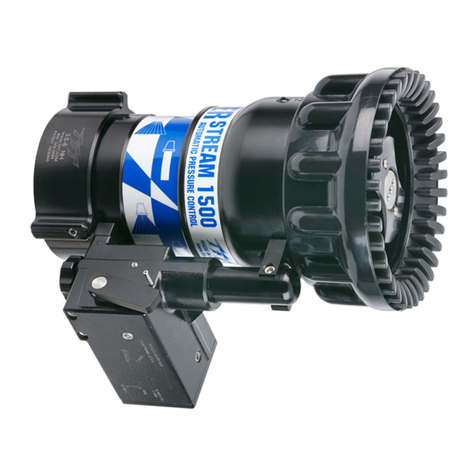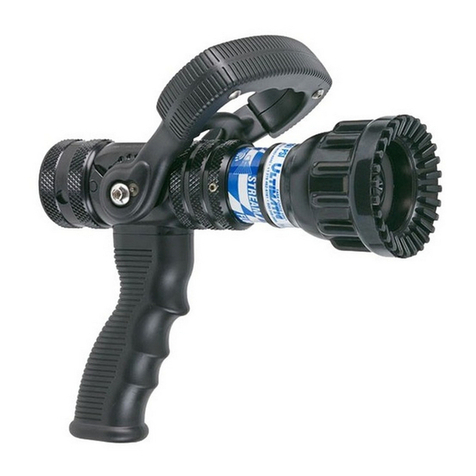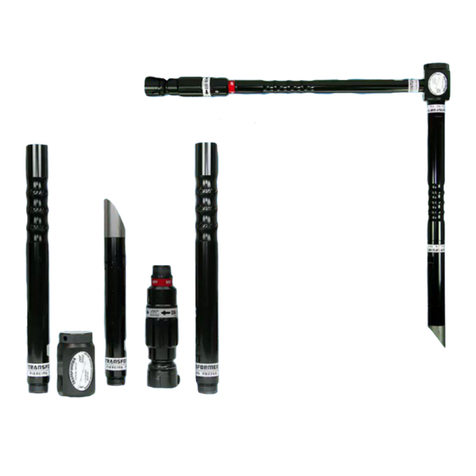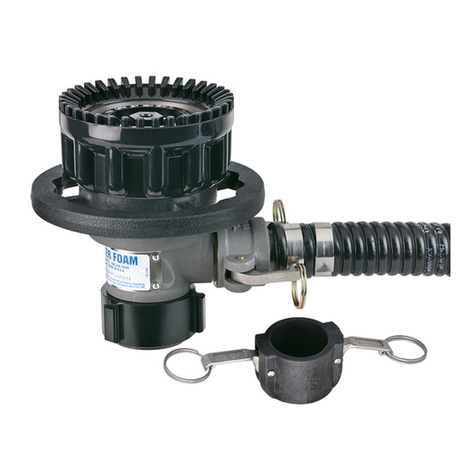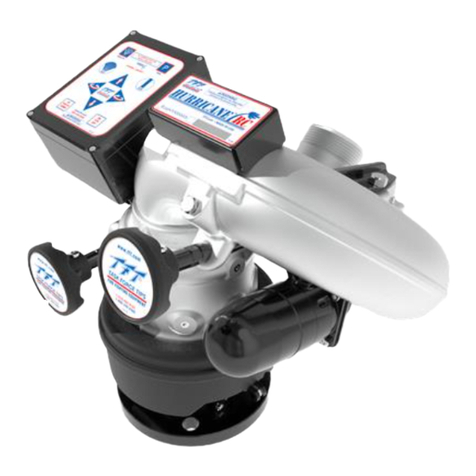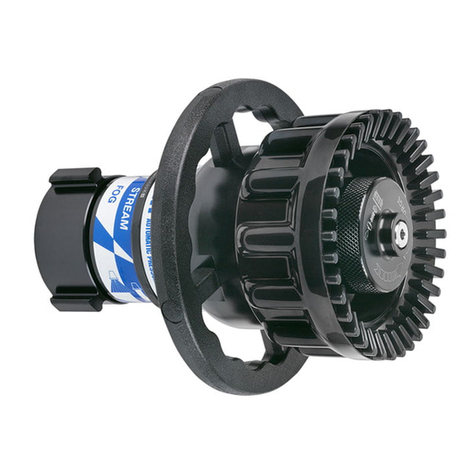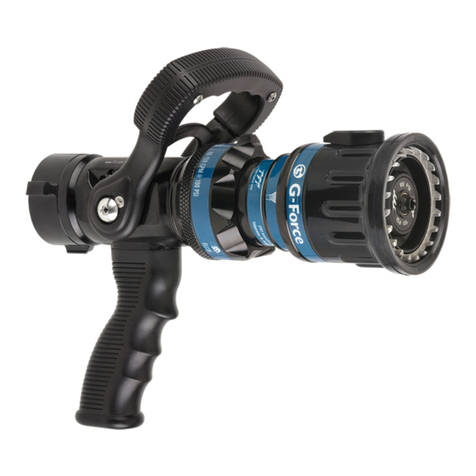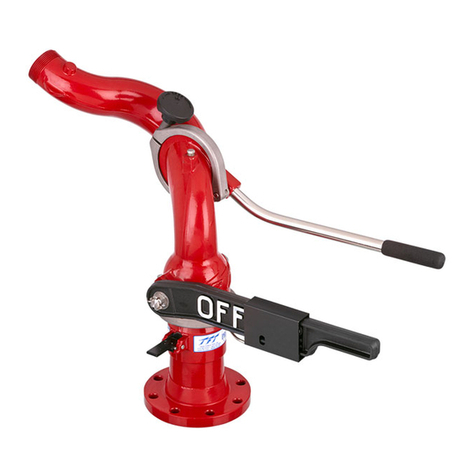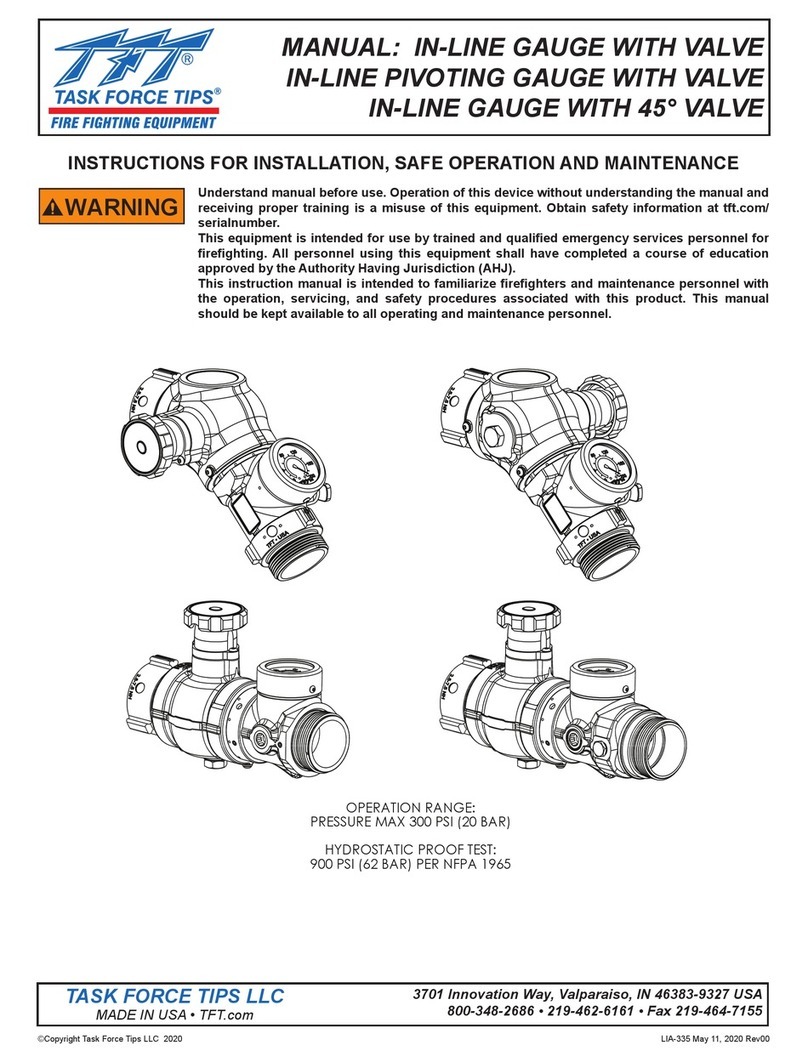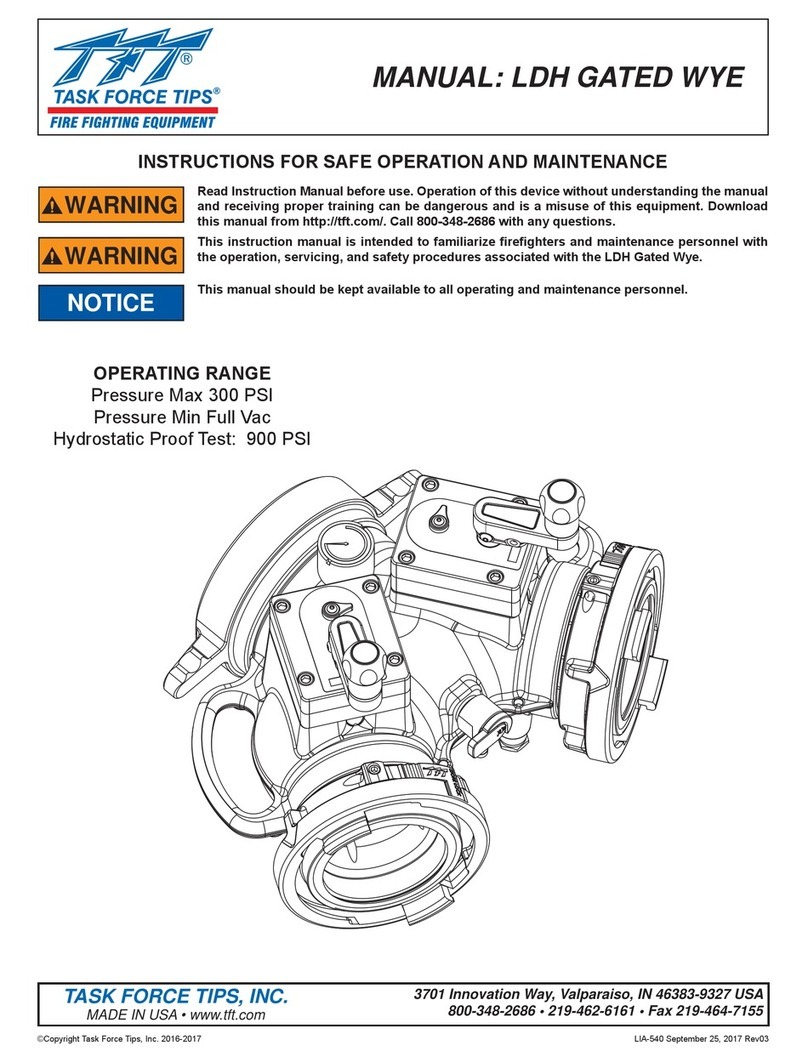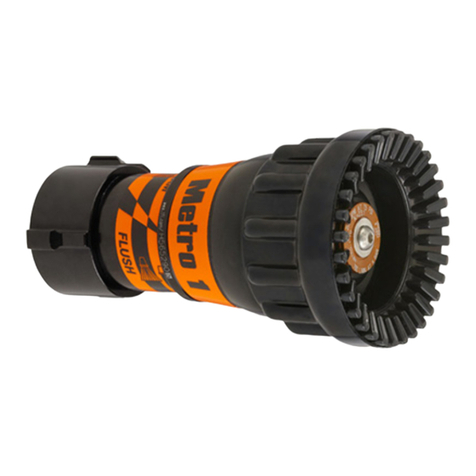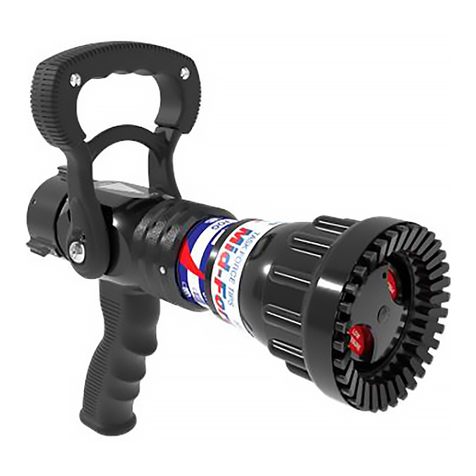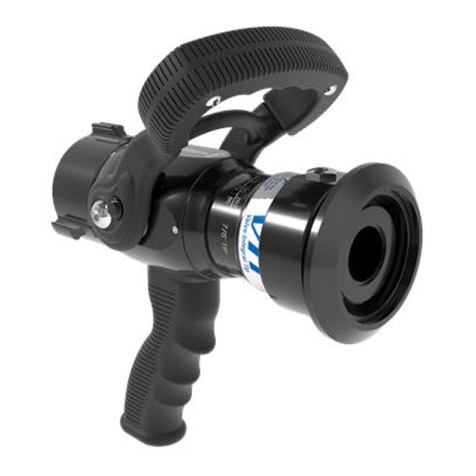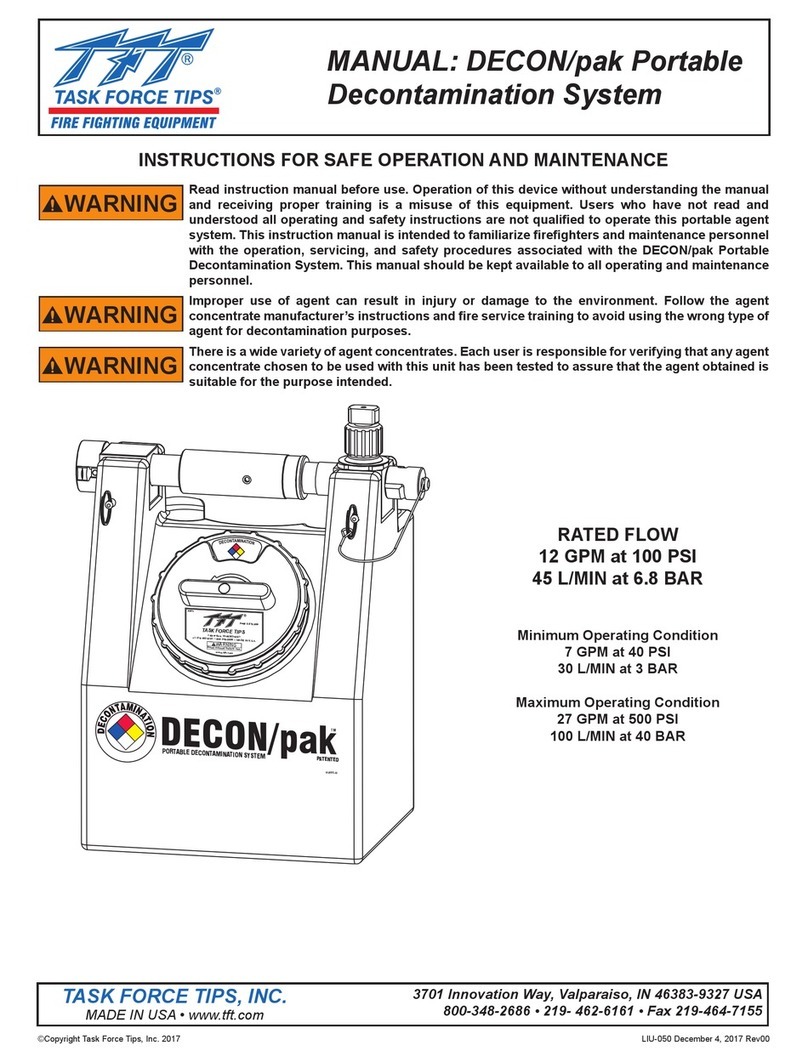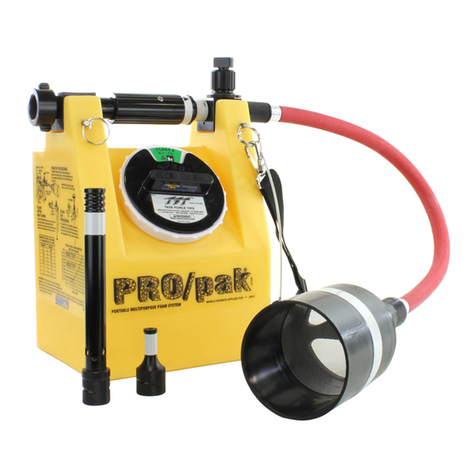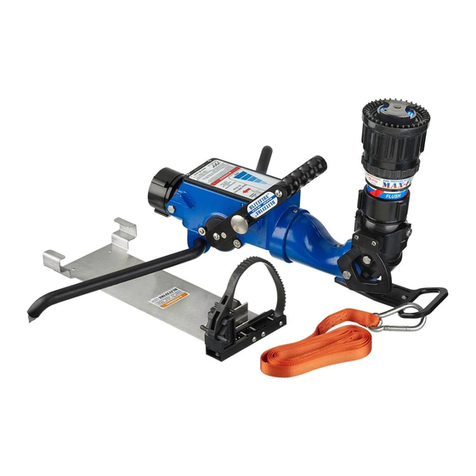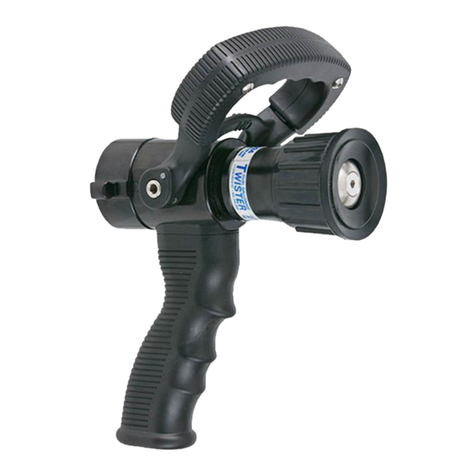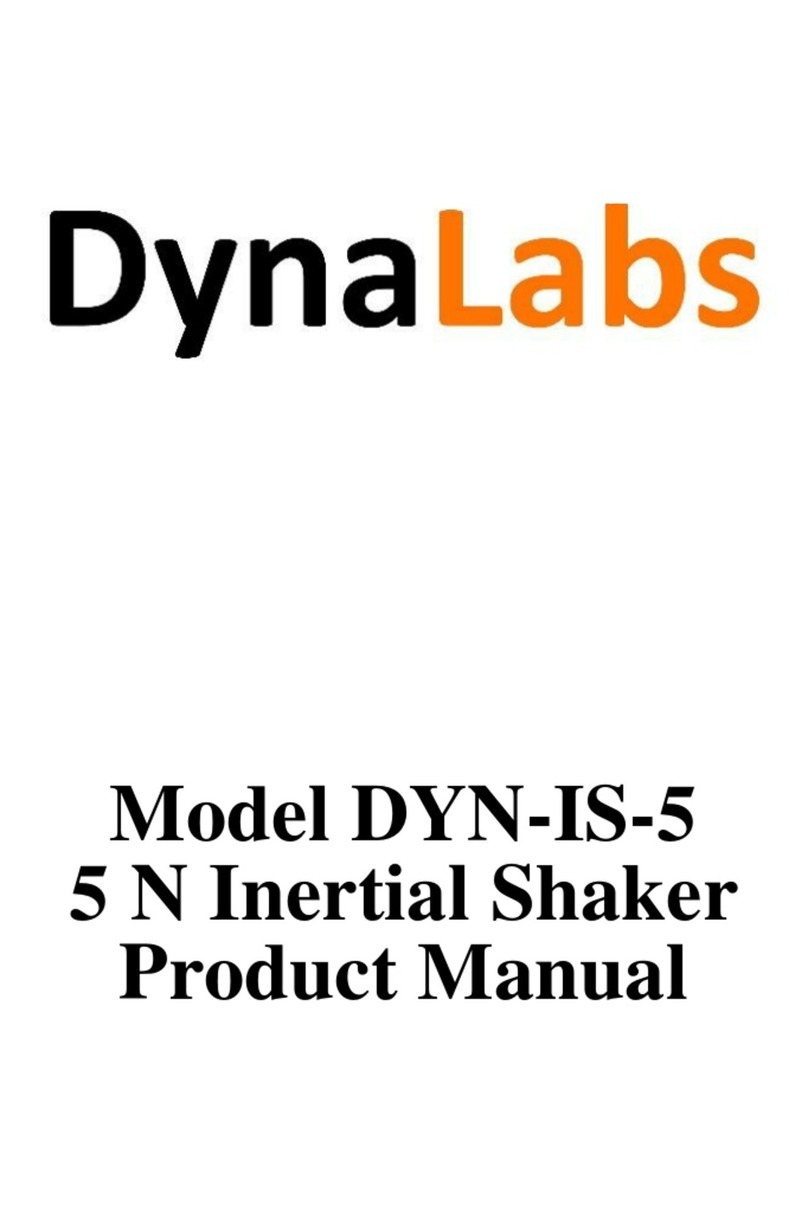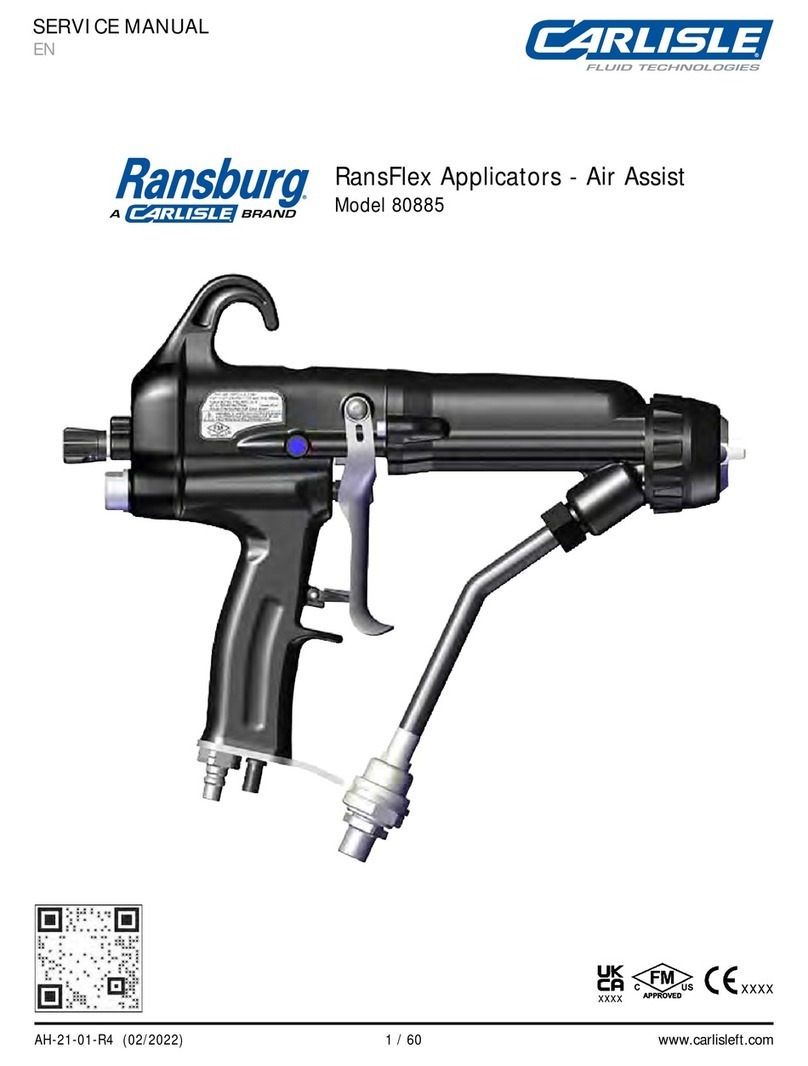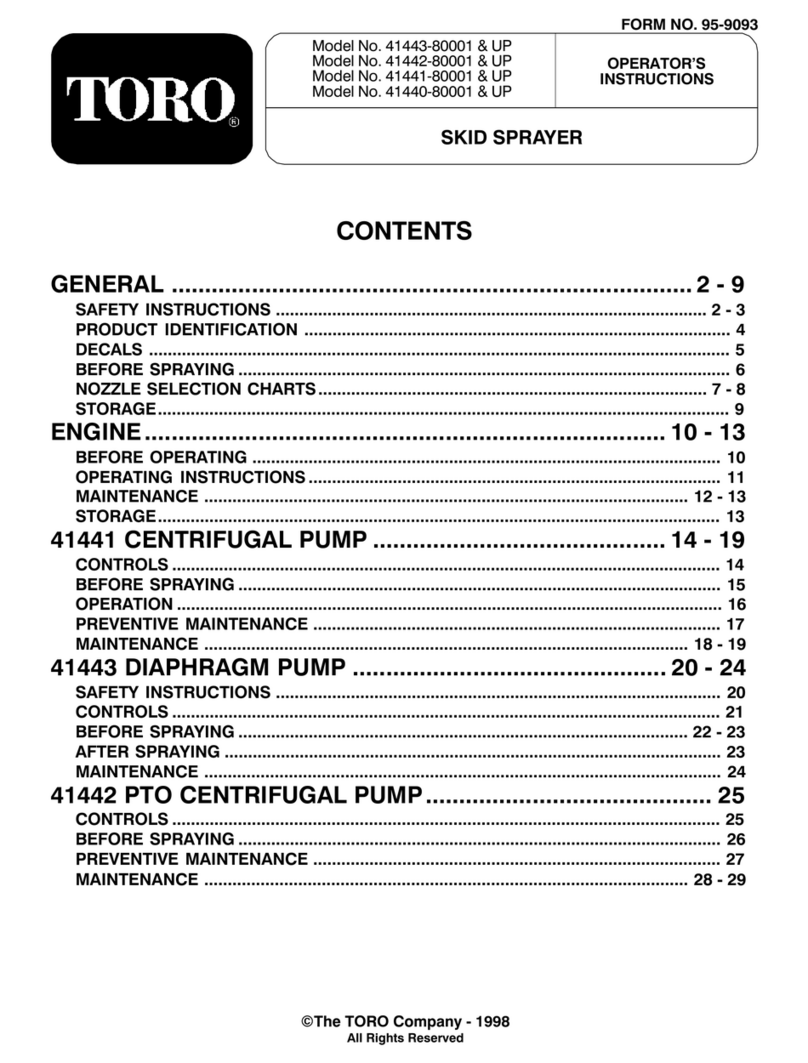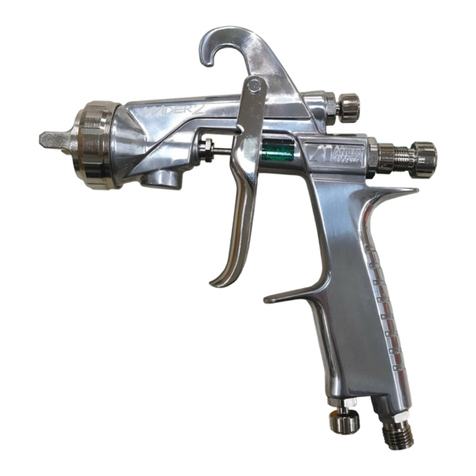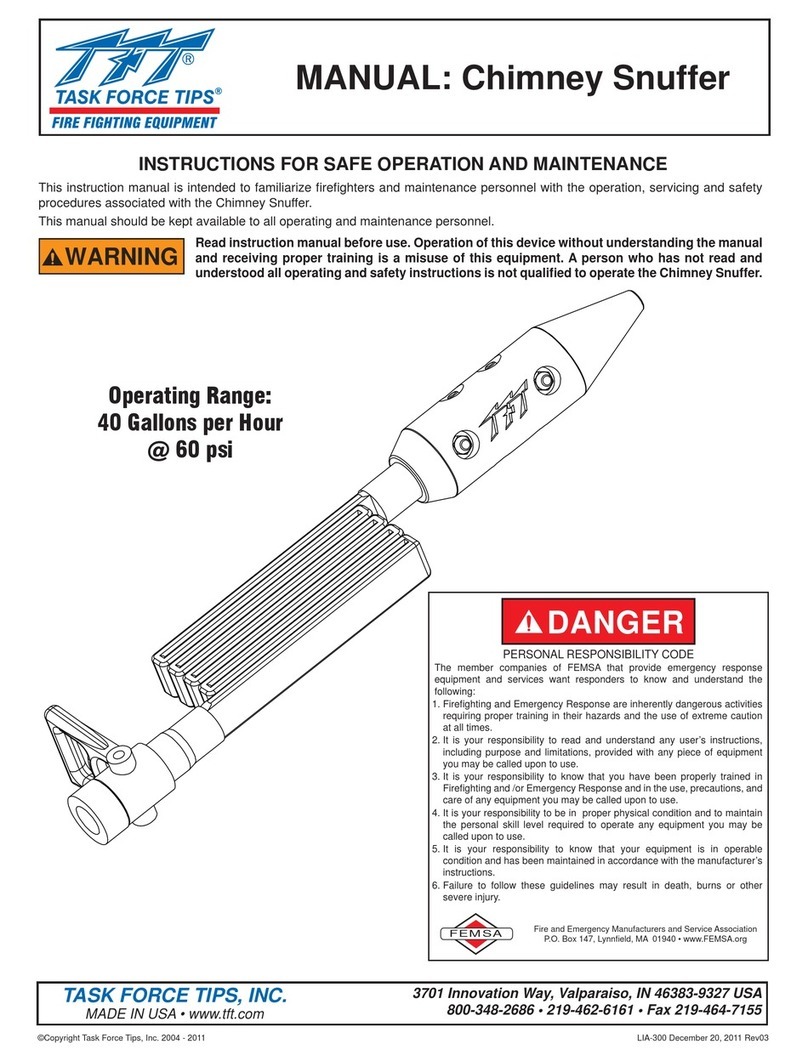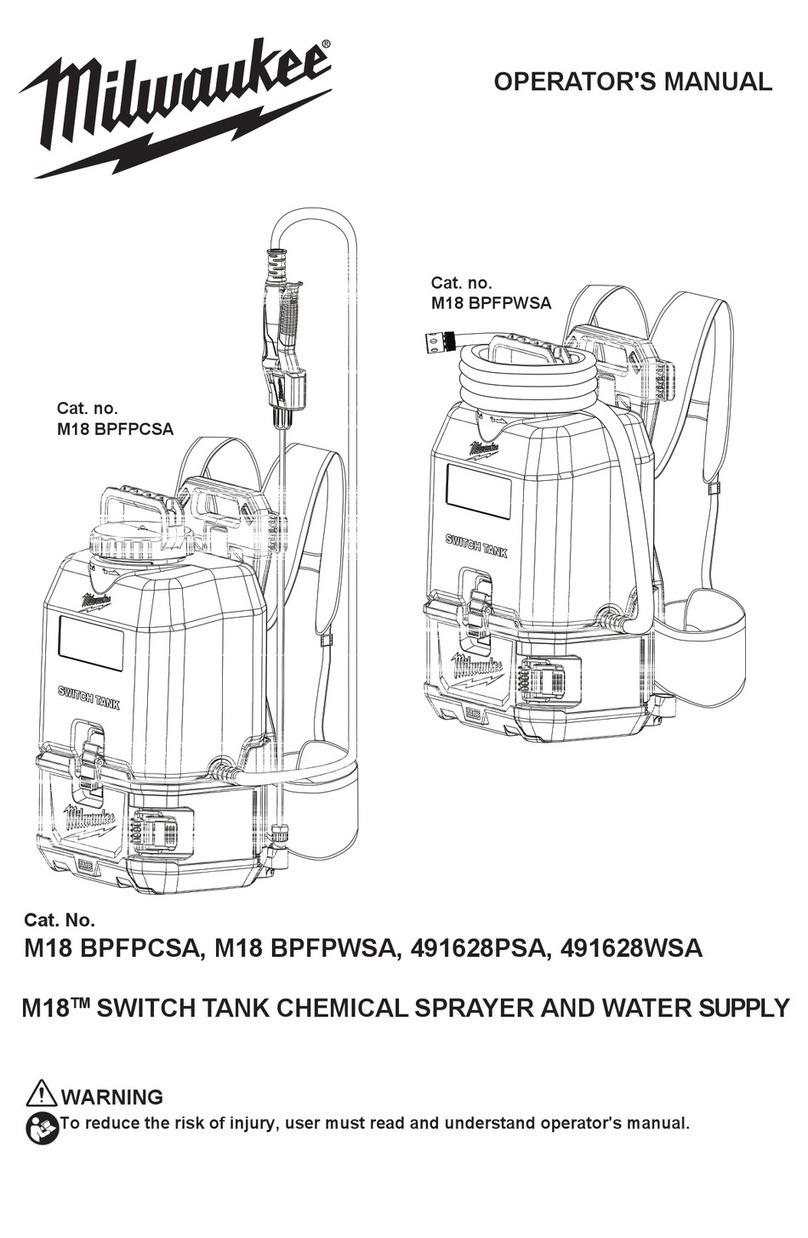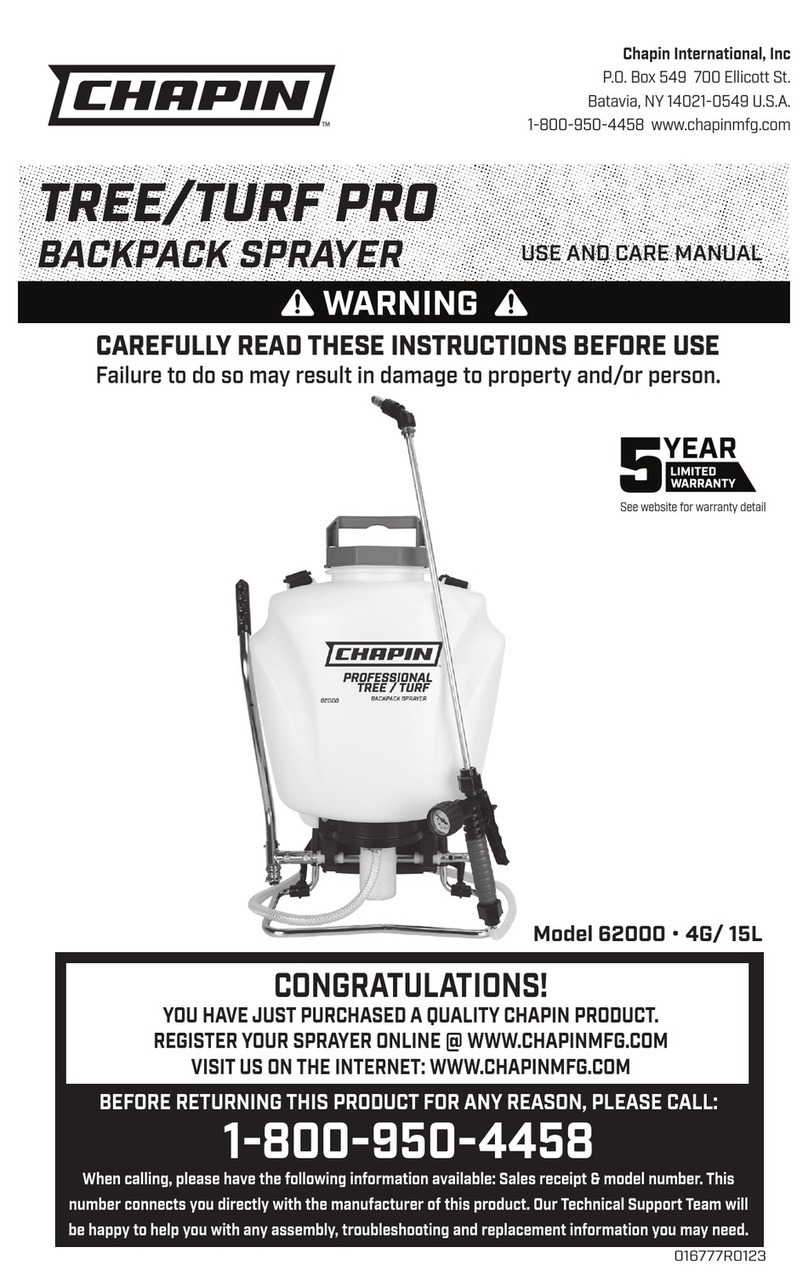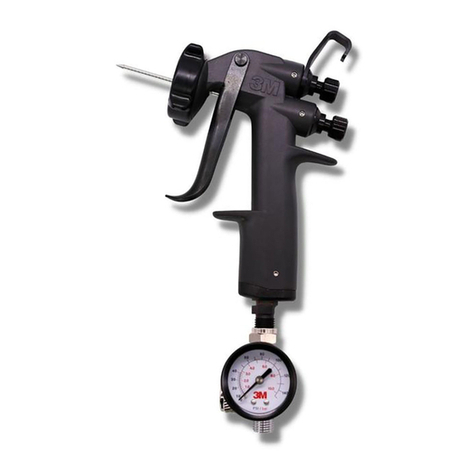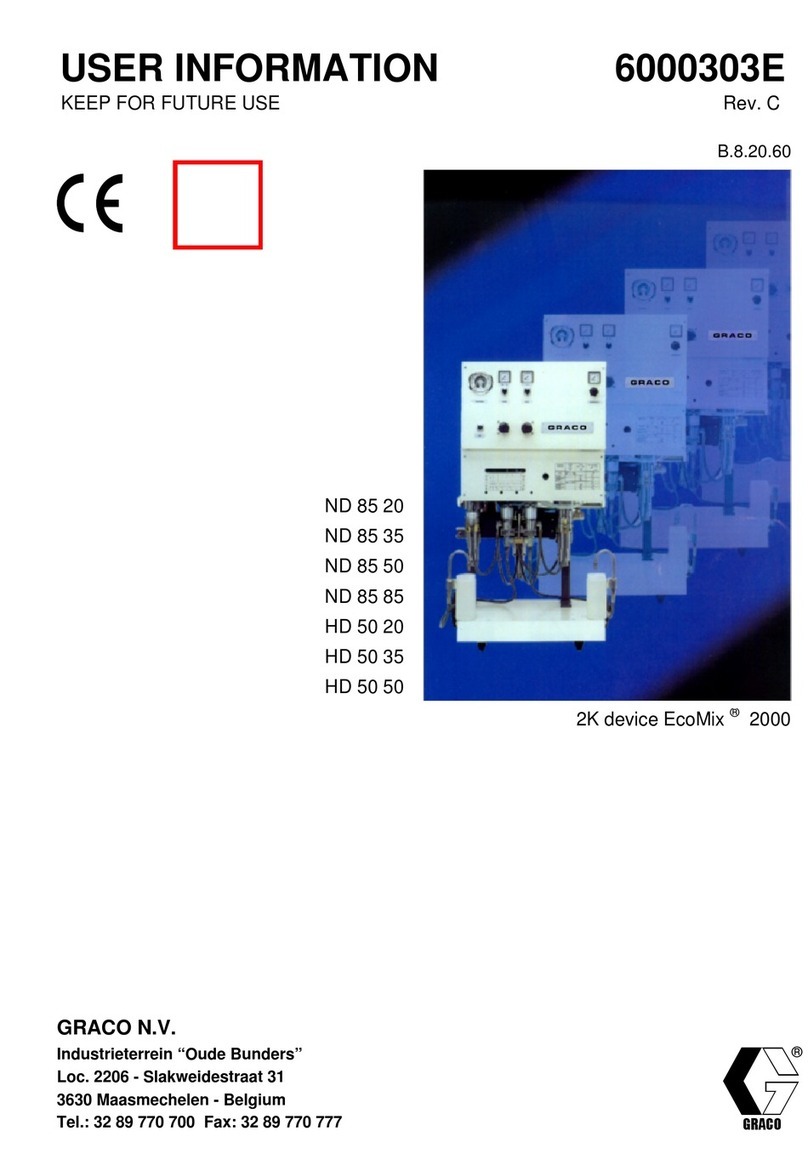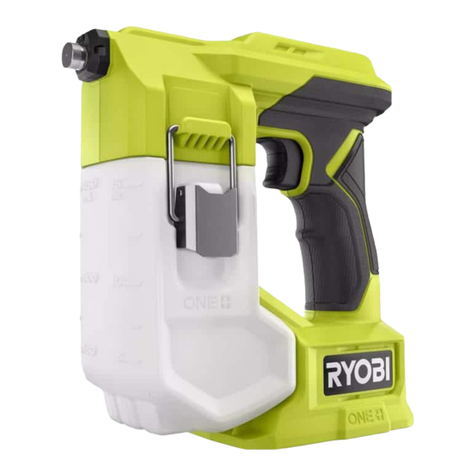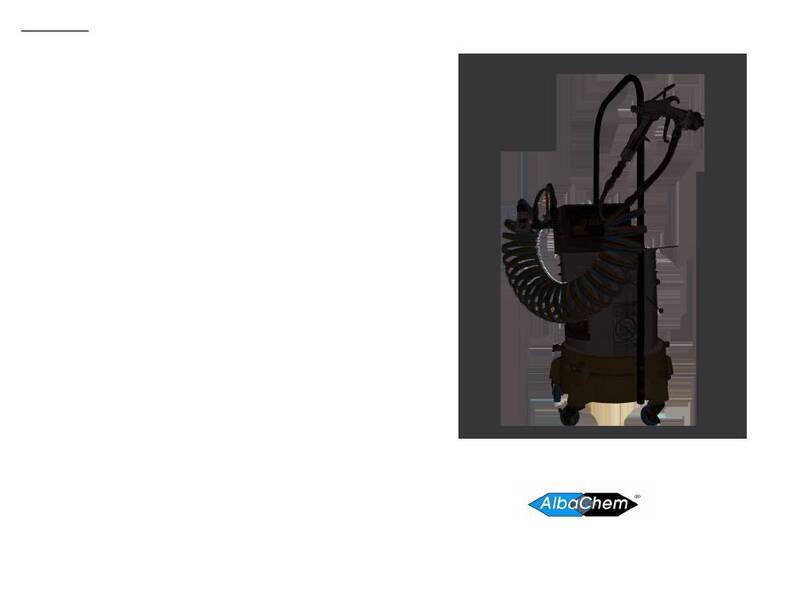
Any alterations to the nozzle and its markings could diminish safety and
constitutes a misuse of this product.
All Task Force Tip nozzles are factory lubricated with high quality silicone grease. This lubricant has excellent washout
resistance and long term performance. If your department has unusually hard or sandy water, the moving parts may be
affected. Foam agents and water additives contain soaps and chemicals that may break down the factory lubrication.
The moving parts of the nozzle should be checked on a regular basis for smooth and free operation, and signs of
damage. Any
nozzle that is not operating correctly should be immediately removed from service and the problem corrected.
IF THE NOZZLE IS OPERATING CORRECTLY, THEN NO ADDITIONAL LUBRICATION IS NEEDED.
TFT Item#
LIB-020
LHM-020
LIH-020
LDH-020
Title
Ultimatic 125 Service Procedure
Mid-Matic & Mid-Force Service Procedure
Handline Service Procedure
Handline & Dual-Force Service Procedure
Repair parts and service procedures are available for those wishing to perform their own repairs. Task Force Tips
assumes no liability for damage to equipment or injury to personnel that is a result of user service.
CAUTION
7
6.0 FIELD INSPECTION
TFT's ULTIMATIC, MID-MATIC and HANDLINE are designed and manufactured to be damage resistant and require
minimal maintenance. However, as the primary fire fighting tools upon which your life depends, they should be treated
accordingly.
Use with saltwater is permissible provided nozzle is thoroughly cleaned with fresh water after each use. The service life of
the nozzle may be shortened due to the effects of corrosion and is not covered under warranty.
Nozzle must be inspected for proper operation and function according to
inspection checklist on last page before each use. Any nozzle that fails
inspection is dangerous to use and must be repaired before using.
Performance tests shall be conducted on the Ultimatic, Mid-Matic and Handline nozzle after a repair, or anytime a
problem is reported to verify operation in accordance with TFT test procedures. Consult factory for the procedure that
corresponds to the model and serial number of the nozzle. Any equipment which fails the related test criteria should be
removed from service immediately. Troubleshooting guides are available with each test procedure or equipment can be
returned to the factory for service and testing.
Factory service is available with repair time seldom exceeding one day in our facility. Factory serviced nozzles are
repaired by experienced technicians to original specifications, fully tested and promptly returned. Any returns should
include a note as to the nature of the problem, who to reach in case of questions and if a repair estimate is required.
WARNING
5.0 USE OF ULTIMATIC, MID-MATIC and HANDLINE NOZZLES
IT IS THE RESPONSIBILITY OF THE INDIVIDUAL FIRE DEPARTMENT OR AGENCY TO DETERMINE PHYSICAL
CAPABILITIES AND SUITABILITY FOR AN INDIVIDUAL'S USE OF THIS EQUIPMENT.
Many factors contribute to the extinguishment of a fire. Among the most important is delivering water at a flow rate
sufficient to absorb heat faster than it is being generated. The flow rate depends largely on the pump discharge pressure
and hose friction loss. The pump discharge pressure may be found by use of the chart in section 8.0. It can also be
calculated using a hydraulic equation such as:
For additional information on calculating specific hose
layouts, consult an appropriate fire service training manual,
, or call TFT's "Hydraulics Hotline"
at 800-348-2686.
A
Guide to Automatic Nozzles
PDP = NP+FL+DL+EL
= Pump discharge pressure in PSI
= Nozzle pressure in PSI
= Hose friction loss in PSI
= Device loss in PSI
= Elevation loss in PSI
PDP
NP
FL
DL
EL
LIN-030 November 14, 2008 Rev 10©Copyright Task Force Tips, Inc. 2002-2008












